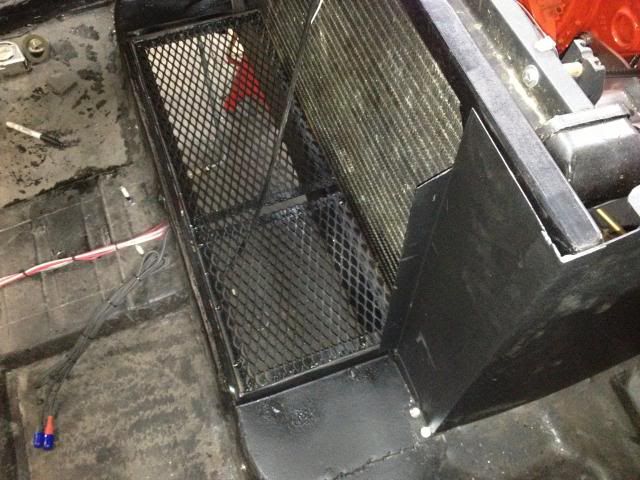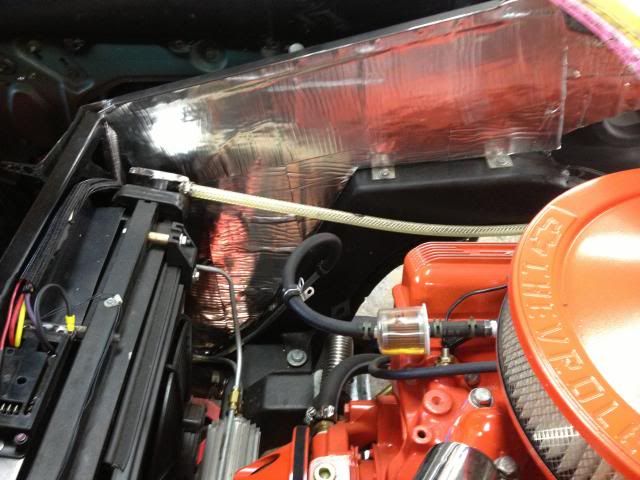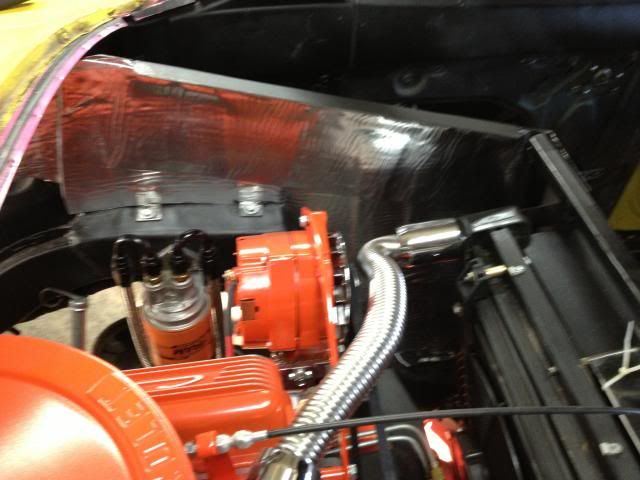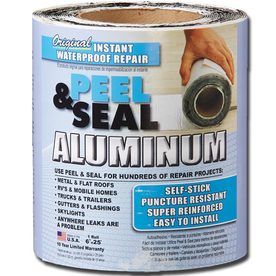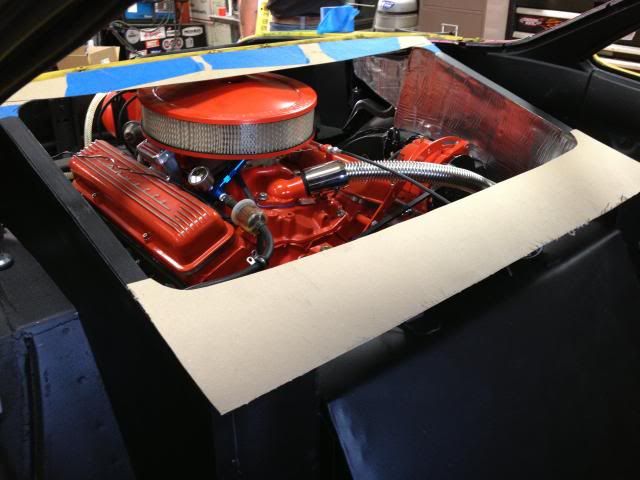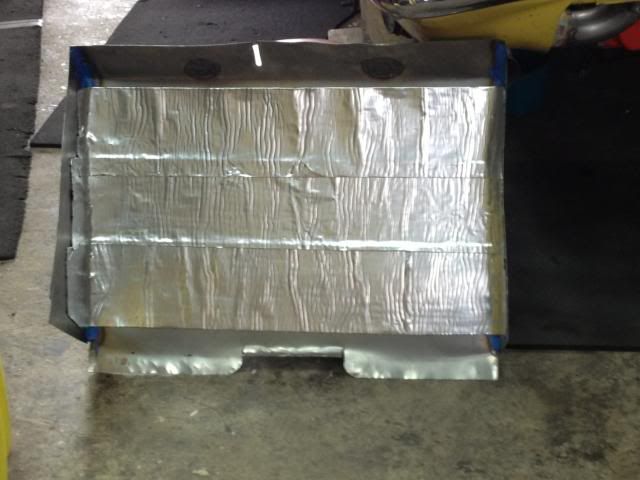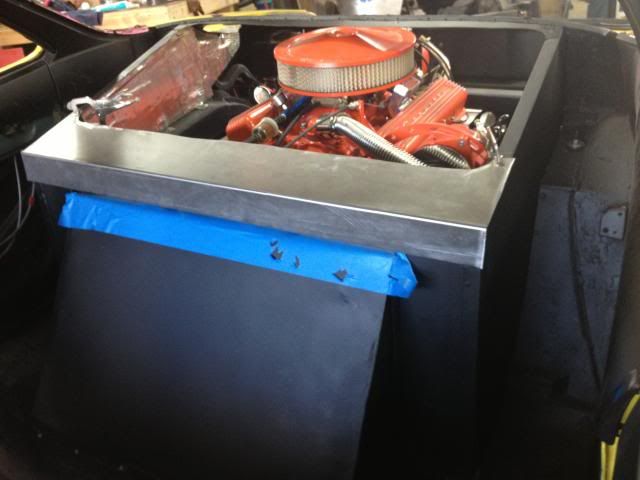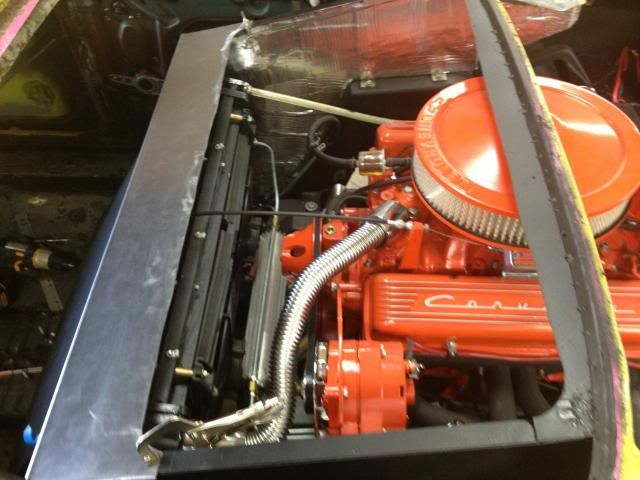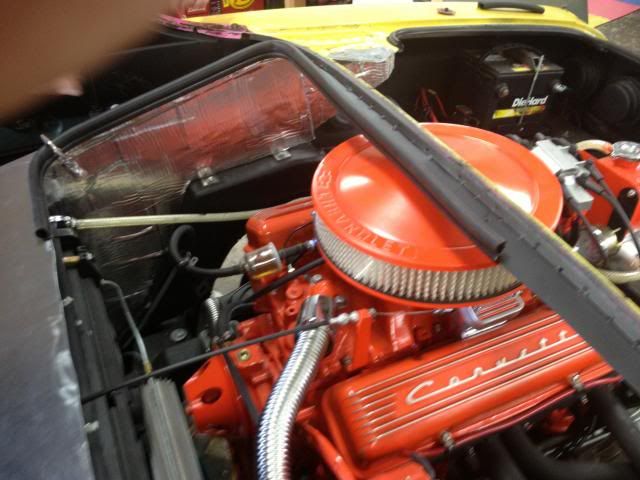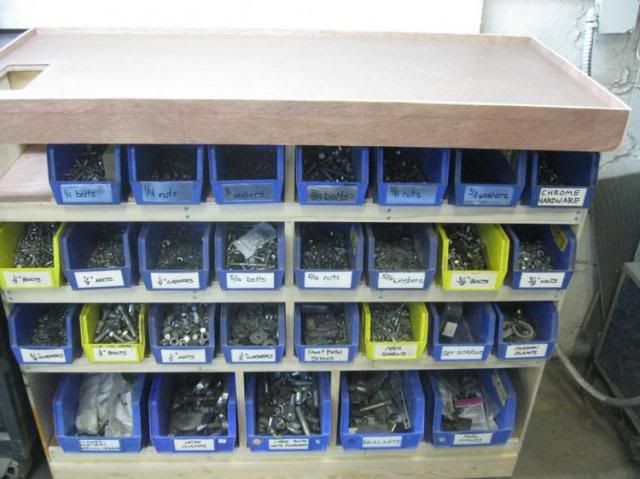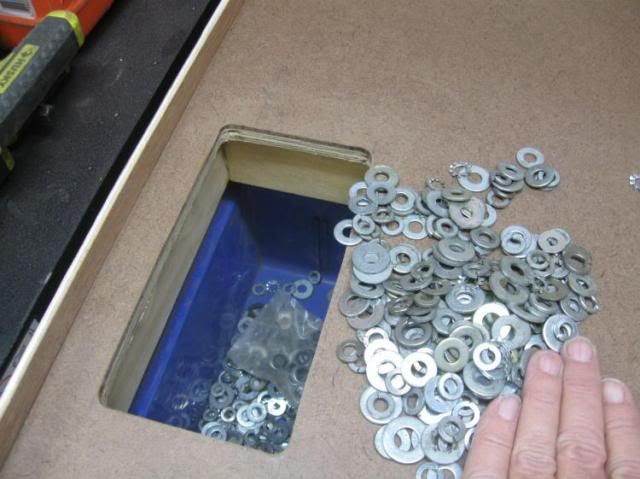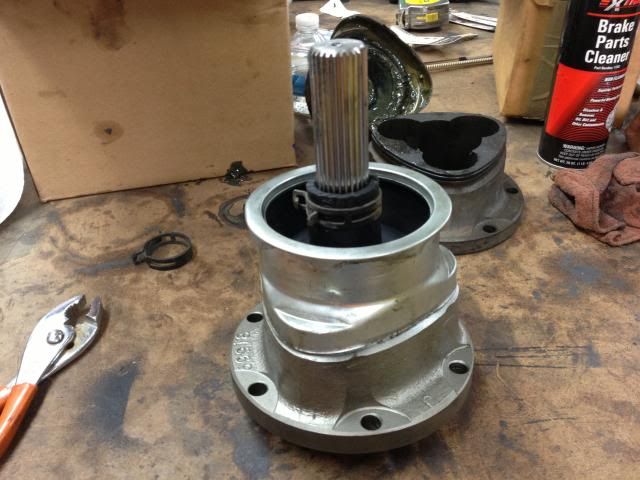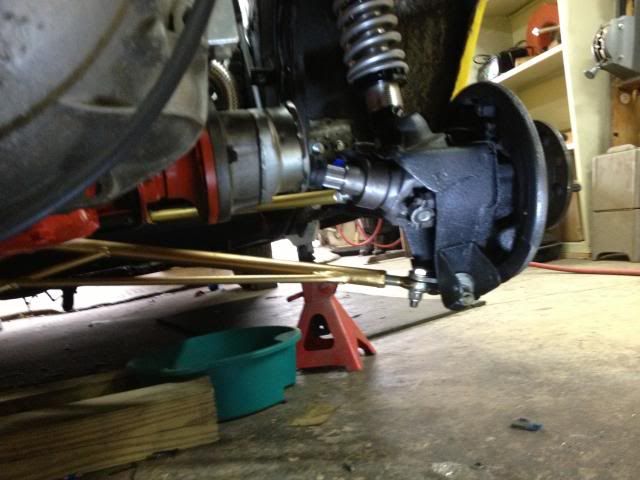I just wanted to point out that this car was never a Cobra. It started life as a 1958 AC Ace roadster with an in-line six cylinder engine. Carroll Shelby utilized the AC Ace aluminum body and tubular frame-based chassis as a basis for the 289 Ford-powered Shelby Cobra. The Carroll Shelby Ford project inspired my father to attempt a similar conversion utilizing a brand-new 327 cubic inch solid lifter Corvette engine. The year was 1962 and I was about 10 years old. The first I knew of the project was when I walked out into the garage one morning and discovered a brand-new engine sitting in the garage in its original crate. The photographs below show what the original AC Ace engine looked like.hrm2k wrote:Thank you Brad. Nice Cobra....that took a lot of work
Sorry that I don't have any engine compartment photographs showing the Corvette engine installation. My father passed away a few years ago and I'm still searching for and discovering old family photographs. As I find them I am gradually digitizing them to be incorporated into a family photo album on our computer. I recently located some black-and-white negatives that contain more pictures of the AC conversion – but I have not yet scanned them into the computer.

http://www.howstuffworks.com/ac-sports-cars1.htmAC’s light-alloy overhead-cam engine, which had a mere 40 horsepower at 3000 rpm when introduced, was persuaded to produce 85 bhp at 4500 rpm for the AC Ace, enough to give the graceful new car a top speed of 103 mph. In the next few years, this remarkable old soldier would be tuned even more, to 90 bhp in 1955, and finally to 102 bhp in 1958.
With the open two-seater in production (later to become even more famous as the basis of the Shelby Cobra), AC decided to produce a fastback coupe version. This was the AC Aceca, its name, like Ace, revived from a famous AC of the Thirties. Revealed in late 1954 and in production by mid-1955, the AC Aceca, naturally enough, looked rather like Ferrari’s contemporary 166 and 212 models, a happy coincidence.
Once the AC Ace and AC Aceca were established, AC was up to building five cars a week. The chassis soon had such a good reputation that there were persistent demands for more power. With the AC engine near the end of its development life, alternative power had to be found, and AC eventually “bought in” the ex-BMW Bristol engine (see Ace- and Aceca-Bristol).
The AC Ace's 2.0-liter six gave it respectable go, and made it AC's first true sports car.
Nevertheless, and in spite of in-house competition from other derivatives, the AC-engined Ace and Aceca sold steadily until the autumn of 1963, by which time Thames Ditton was preoccupied with building engineless Cobras for Carroll Shelby in California.
Both models improved along the way. Front disc brakes were fitted from 1956-57, at which time an electrically actuated overdrive became optional. Later, the old Moss gearbox was dropped in favor of Triumph TR3A gears inside a case of AC’s own design. As a halfway measure between the two body types, a detachable hardtop was also made available for the AC Ace.

The styling of the AC Ace roadster, especially the nose, drew heavily from Touring’s early Ferrari Barchettas.

This Bristol-powered Aceca coupe looked little different from their AC-engine cousins.
My father also acquired an AC Aceca coupe that he intended to restore. He had purchased an aluminum block Buick V8 engine to install on that car. Unfortunately his employer, Lockheed, transferred him from San Jose to Lockheed Burbank in Southern California. That transfer and other family issues prevented the Aceca restoration and engine swap from ever taking place and the car was sold.
I remember that the original AC engine had an all aluminum block and a cast aluminum oil pan. The single overhead cam cylinder head was cast-iron. Each piston resided in its own "wet sleeve" cylinder barrel that were held in place between the aluminum block and the cast-iron cylinder head. With the head removed, the barrels could be pried out of the holes in the aluminum block. All six cylinder barrels sat in a cooling trough of water that circulated around the barrels. As you can see in the pictures tubular exhaust headers were utilized. Three British SU carburetors handle the intake.

Sister Denise and Brad in Dad's AC "Mongoose", Easter Sunday, 1963 at 2257 Fairhill Lane home. In San Jose, CA.

Brad and sister Denise in Dad's AC "Mongoose", Easter, 1963 at 2257 Fairhill Lane home. I believe that the black car in the backgroind is a 1961 or 1962 Italian-made Fiat 1500 sedan.

 1966 Corvair Corsa Convertible
1966 Corvair Corsa Convertible